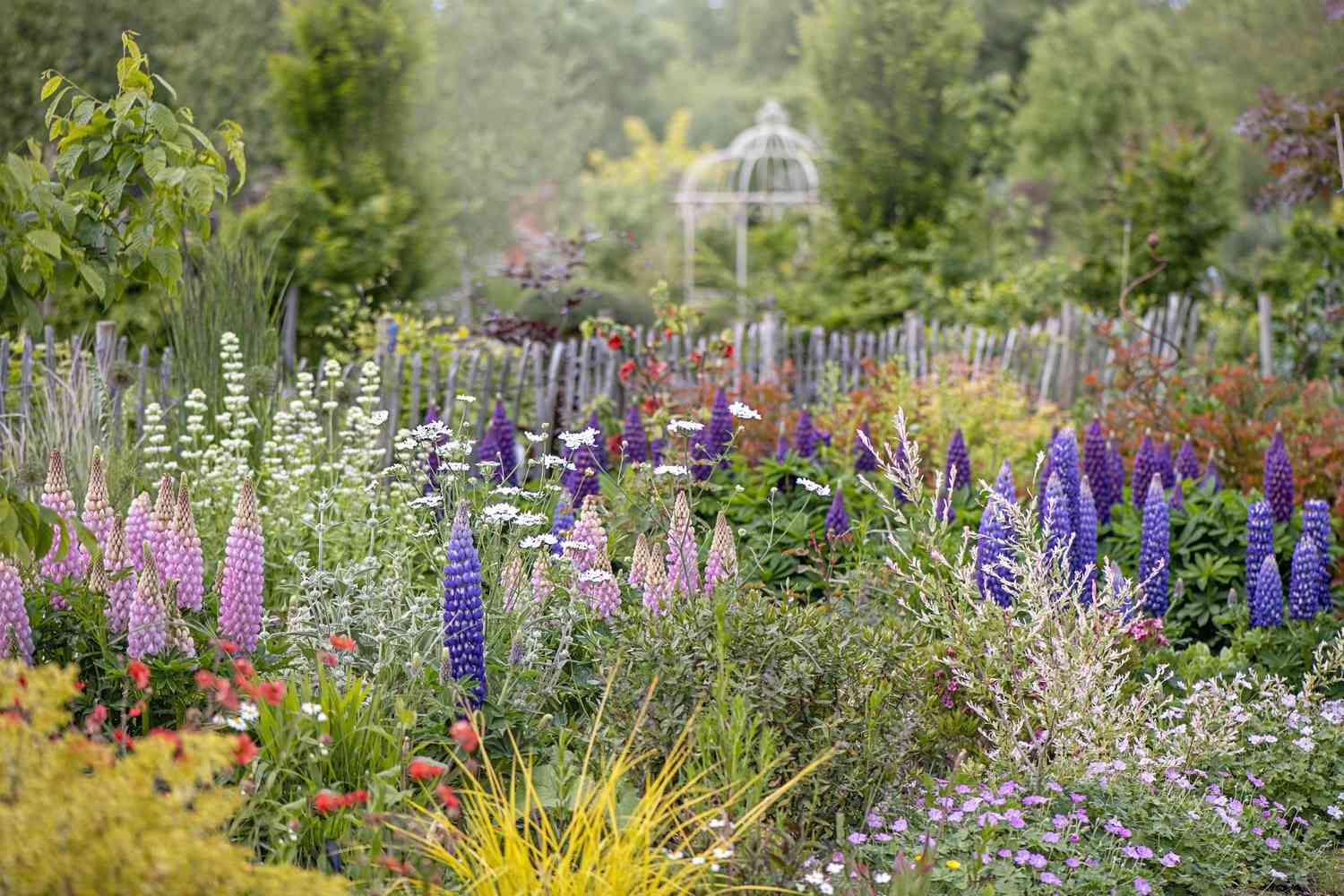Gardening is a dynamic activity that requires different approaches throughout the year to keep your plants thriving. By adjusting your gardening practices with the changing seasons, you can achieve year-round success, ensuring that your garden remains healthy and productive. This article provides seasonal gardening tips to help you navigate the challenges and opportunities presented by each season.

Spring: Prepare and Plant
Soil Preparation
Spring marks the beginning of the gardening season, making it the perfect time to prepare your soil. Start by clearing away any leftover debris from winter. Moreover, enrich your soil with organic matter such as compost or well-rotted manure to improve its structure and fertility. Additionally, test your soil’s pH level to ensure it’s suitable for the plants you intend to grow.
Planting New Crops
Spring is ideal for planting a wide variety of crops. Early spring is perfect for cool-season vegetables like lettuce, peas, and carrots. To add on, as the weather warms, transition to warm-season crops such as tomatoes, peppers, and cucumbers. Furthermore, consider staggering your plantings every few weeks to ensure a continuous harvest throughout the growing season.
Summer: Maintain and Protect
Watering and Mulching
As summer brings warmer temperatures, proper watering becomes crucial. Water your plants early in the morning to reduce evaporation and ensure they receive adequate moisture. Furthermore, applying mulch around your plants helps retain soil moisture, suppress weeds, and keep the soil temperature stable. Additionally, mulch can prevent soil erosion during heavy summer rains.
Pest and Disease Control
Summer also brings an increase in pests and diseases. Keep a close eye on your plants for any signs of trouble, such as yellowing leaves or chewed foliage. Moreover, consider using natural pest control methods like introducing beneficial insects or applying organic insecticidal soap. To add on, regular weeding and proper plant spacing can help reduce the spread of diseases.
Fall: Harvest and Transition
Harvesting and Storage
Fall is the time to reap the rewards of your hard work. Harvest your crops as they reach maturity, paying close attention to storage methods to prolong their freshness. To add on, root vegetables like carrots and potatoes can be stored in a cool, dark place, while herbs can be dried or frozen for later use. Additionally, this season is perfect for planting fall crops like spinach, kale, and garlic, which can be harvested later in the year or early the next spring.
Preparing for Winter
As the gardening season winds down, it’s essential to prepare your garden for winter. Start by removing spent plants and debris to prevent pests and diseases from overwintering. Moreover, consider adding a layer of compost to your garden beds to enrich the soil for next spring. To add on, planting cover crops like clover or rye can protect your soil from erosion and add nutrients when tilled under in the spring.
Winter: Plan and Protect
Winterizing Your Garden
Winter is a time for your garden to rest, but that doesn’t mean there’s nothing to do. Protect your perennials by adding a thick layer of mulch around their bases to insulate them from cold temperatures. Moreover, consider using row covers or cloches to protect any remaining cold-hardy crops from frost. To add on, prune any damaged or dead branches from trees and shrubs to prevent them from breaking under the weight of snow or ice.
Planning for Next Season
Winter is also the perfect time to plan for the upcoming gardening season. Take this time to evaluate what worked well and what didn’t in your garden last year. Moreover, browse seed catalogs and plan your crop rotation to prevent soil depletion. Additionally, consider starting seeds indoors to get a head start on the growing season.
Explore Online Gaming Options
Looking for exciting online gaming experiences? Discover a wide selection of games and a user-friendly platform at www.jackpotjill.games. Enjoy diverse entertainment options from the comfort of your home.
Conclusion
In conclusion, successful gardening requires adapting to the changing seasons and understanding the specific needs of your plants throughout the year. By following these seasonal gardening tips, you can ensure your garden remains healthy, productive, and beautiful year-round. Whether you’re preparing your soil in spring, maintaining your garden in summer, harvesting in fall, or planning in winter, each season offers unique opportunities to enhance your gardening success. With thoughtful planning and care, you can enjoy the fruits of your labor in every season.











